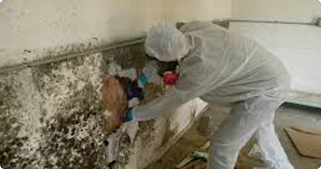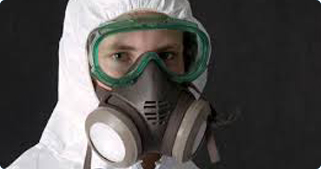Services

Mould is found in various areas within a building. Moulds can be harmful to the health and well-being of the occupants. The removal of mould growth must be completed in a controlled area that is contained. The first step in a mould removal project is to ensure the moisture is controlled. Leaks must be sealed of the mould will return. Three levels of work practice are given for removal of Small, Medium and Large-scale.
Asbestos Abatement
Asbestos was widely used in homes and commercial buildings until 1999, when it was finally banned. Building products that may contain asbestos are:
- Ceiling tiles
- Floor Tiles
- Mechanical Insulation, Pipe insulation, gaskets and sealants on pipes
- Sprayed and textured coatings
- Asbestos cement sheeting
- Soffit boards
- Fire doors
Other products likely to contain asbestos include:
- Asbestos paper was also used for lining under tiles and inside metal cladding
- Loose fill asbestos

Loose fill asbestos was used to insulate industrial and domestic premises so can be found between cavity walls, under floorboards and in loft spaces. This is a loose, fluffy insulation material (similar to candyfloss), which may be blue-grey or whitish in colour.
This is probably the most dangerous asbestos-containing material. Loose fill is made up of pure asbestos and if disturbed can release large amounts of fibres in to the air, where they can be breathed in.
